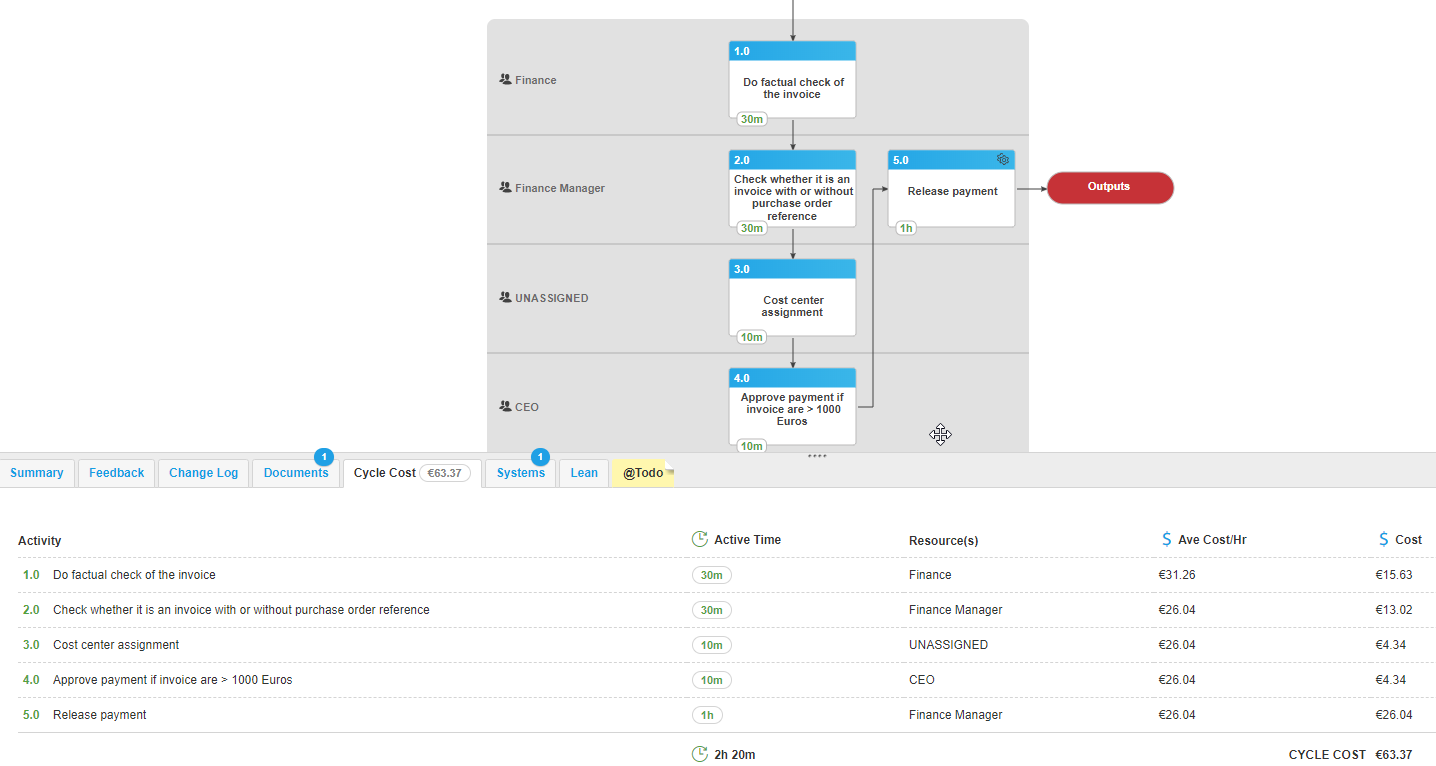But what does DMAIC have to do with a process culture in sub-themes? Simply put, it lays the foundation for optimally managed process optimization according to Six-Sigma. From my experience over the last 14 years, this topic is often misunderstood. Processes are seen as an annoying evil, yet they are at the heart of every company.
If processes are not optimally defined, the implementation cannot be applied in a resource-saving way. This is reflected in the costs and earnings of a company. It is therefore important for companies to establish process optimization as a corporate or even process culture.
Long-term success through responsibilities and the right communication
Make sure that such a project is always driven by C-level. True to the motto "We are all pulling together", long-term success can be achieved in this way. If this is not the case, unavoidable grievances will arise that run through the entire company.
It is also important to define responsibilities for the project. Not only the management level is important here, but also the definition of process participants in the team who also take responsibility. Report regularly to management or board members to communicate progress and successes. From experience in recent years, I can say that communication is extremely important in this case. All those responsible must "yes, must" speak the same language, otherwise the project is doomed to failure.
Methodologies for identification & prioritization of processes
Once you have secured the responsibilities and all those involved in the project agree on how to proceed, things get going. Identify and include all departments in your processes. In doing so, weigh up whether they are core processes or supporting processes. Have you included and prioritized all processes? Which processes do you want to optimize first? Here I recommend taking the processes that make up the largest part of your company. For example, the process of incoming invoice verification. A large part of your departments are involved in this process. This is also where most of the resources and costs are hidden.

This simple methodology is the best way to represent activities and tasks as well as notes for the process. You can see at a glance how the process is developing. Changes can be adjusted very effectively during the recording. Work out the visualization in a team. Because only together can goals be realized.
Define measurement parameters (throughput times and process costs) for the individual process steps during the recording. At this point, involve all those involved in the process in order to be able to determine the best possible selection for the measurement parameters of your processes. As a reference point for the measurement, please take into account the travel time, idle time, waiting time and working time. Also important are the resources required to be able to calculate the costs of the respective process step in the end.

Define your process objectives
Of course, the documentation and all related points play an essential role in the recording of processes. However, you should not forget one of the most important topics of the Six-Sigma system. The definition of goals. What do I as a company want to achieve with my processes? I can give you a short practical example of this. This involved two companies from the energy sector. One company is a municipal energy supplier and the other an energy broker. Both wanted to digitize their process of auditing incoming invoices. One company had already digitized its paper-based processes one-to-one. However, the "transparency in the process", which we set as a goal, was missing. With the process transparency, the optimization potential of running processes also became visible.
In the other project, the focus was on actual optimization. Here, not only process transparency was set as a goal, but also the optimization of throughput times and the avoidance of discount losses. In addition, there was a lack of optimal process design. We managed to put the process map on an A4 sheet.
What I want to tell you with this is: Set goals with your team that are both feasible and measurable. This is the only way for you as a company to use your processes in a value-adding and resource-saving way.
Check and optimize processes regularly
The Six Sigma cycle also addresses the issue of optimization. This point is, just right, also applied during the recording of the process documentation. Never let the optimization of processes rest. In the course of the recording you will always receive suggestions from employees. Record them and check whether the suggestions are optimized now or at a later time. Of course, not all suggestions can be taken into account. The team must evaluate whether feasibility is necessary or possible. Every decision must be supported by the team.
Get all employees on board
The next step is important and very sensitive. Those of you who have already introduced new software in your company know that the introduction and training of employees must be carried out in an optimal way. Software can only work with employees who know how to use it, otherwise the project is doomed to failure. Therefore, it is very important that all employees feel that they are being picked up. The most difficult task is probably to inspire employees to change and to take away the fear of those who have reservations. Show the positive effects for the new way of working. Involve employees and give them the opportunity, for example, to participate in processes through feedback and thus contribute to the value creation of the company.
Will I be finished when I have considered all points from the Six Sigma cycle?
To believe that would be a fatal mistake, because now the real work for the teams begins. All processes should be constantly reviewed. Employees can be involved in this in the long term. Set so-called review dates for this.
On the one hand, they measure whether the applied optimization is bearing first fruits and on the other hand whether all those who have reservations have understood how important optimization is. If this is not the case, show them what positive results have already been achieved through the optimization.
The mood is an important factor in the company. If measurable successes are visible for business units, all employees will be pleased. The so-called process culture develops.
I hope that I have been able to give you a small insight into the world of Six-Sigma. Now all that remains for me to say is: "Stay tuned and don't let up"! Processes are not static, but dynamic and change in your so-called process cycle.

